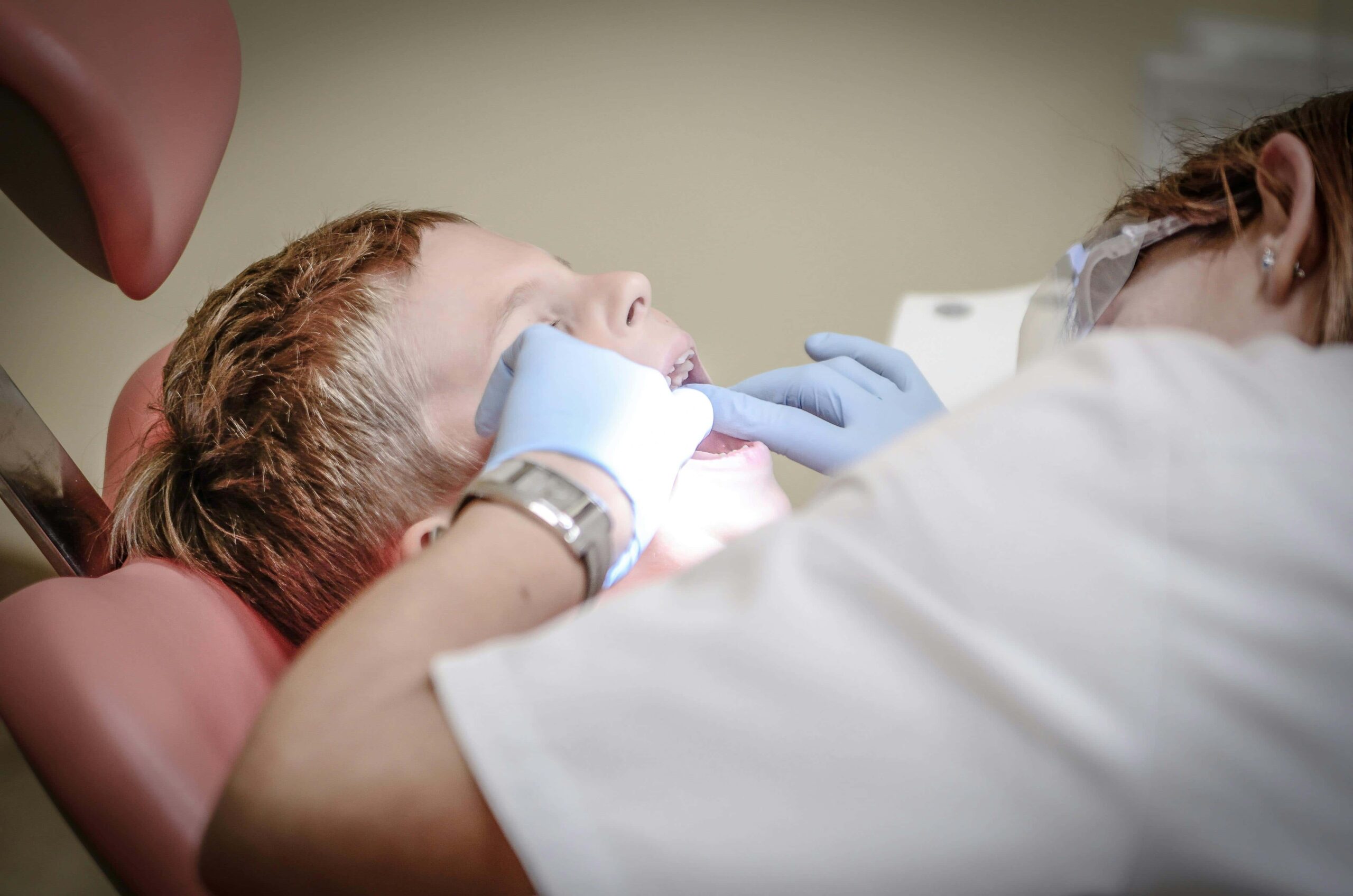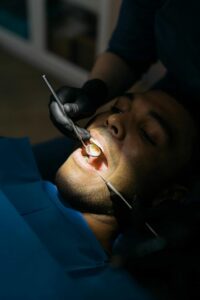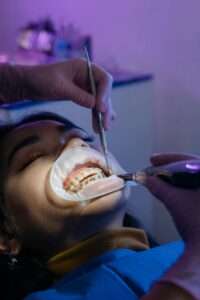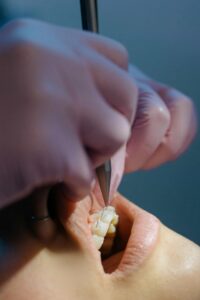Accidents happen, and when they do, it’s crucial to know how to manage them effectively, especially when it comes to orthodontic emergencies. Whether you’re dealing with a poking wire or a loose bracket, knowing how to address these issues at home can save you time and discomfort until you can visit your orthodontist.
Quick action and proper techniques can prevent minor issues from becoming major concerns. This guide will equip you with the best practices for orthodontics and knowledge to tackle common orthodontic emergencies efficiently at home.
The 7 Best Practices for Managing Orthodontic Emergencies at Home
When you’re navigating the world of braces and orthodontics, unexpected situations can arise that may cause discomfort or concern. Understanding how to handle these emergencies effectively at home is vital while waiting for professional help.
Here are the 7 best orthodontic practices:
1. Handle Poking Wires with Care
If a wire is poking your cheek or gums, try using a cotton swab or pencil eraser to gently push it into a more comfortable position. If that doesn’t work, orthodontic wax can be applied to the wire’s end to reduce irritation.
If the wire is still causing discomfort, use nail clippers (sterilized with rubbing alcohol) to cut it as close to the bracket as possible.

2. Fix Loose Brackets Temporarily
If a bracket becomes loose but is still attached to the wire, gently slide it back to its original position and apply orthodontic wax to hold it in place. Avoid foods that could further dislodge it until you can see your orthodontist.
If the bracket completely detaches from the wire, wrap it in tissue and bring it with you to your next appointment.
3. Soothe Sore Gums or Mouth
Rinsing your mouth with a warm saltwater solution can help soothe any discomfort or irritation caused by braces. Use one teaspoon of salt in eight ounces of water, and swish it around your mouth for 30 seconds before spitting it out.
Over-the-counter pain relievers and dental anesthetics, like Orajel, can also be applied directly to affected areas for relief.
4. Addressing Lost Spacers
Spacer loss is common and usually not an emergency. Contact your orthodontist to determine if it needs to be replaced before your next appointment.
If necessary, the orthodontist may guide you on how to replace it yourself.
5. Managing Discomfort from Tightening
Experiencing discomfort after an adjustment is normal. Stick to soft foods and use over-the-counter pain relief to manage the discomfort. Remember, this is a sign that your treatment is progressing as planned.
If the discomfort persists or becomes unbearable, contact your orthodontist for further guidance.
6. Prepare for Physical Activities
Wearing braces may require some extra precautions when participating in physical activities. If you play contact sports, consider wearing a mouth guard to protect your teeth and braces.
Additionally, it’s best to avoid hard or sticky foods that could damage your orthodontic appliances. There are certain foods to avoid with braces, such as chewing gum, hard candies, and popcorn.
7. Be Mindful of Oral Hygiene
When talking about the best practices for orthodontics, oral hygiene should be a top priority.
Brushing and flossing twice a day can help prevent issues such as plaque buildup and tooth decay. Using tools like a water flosser can also help clean around brackets and wires more effectively.
It’s essential to continue regular dental check-ups while wearing braces to ensure your teeth and gums stay healthy throughout the treatment process.

Overview of Dr. Catherine Scheurer McDevitt’s Orthodontic Practice
Dr. Catherine Scheurer McDevitt has been serving the Worthington and Columbus, Ohio areas for over 20 years. At A Winning Smile Orthodontics, patients receive personalized care and treatment plans designed to achieve healthy, beautiful smiles.
Dr. McDevitt’s practice offers services such as traditional braces, Invisalign®, and ceramic braces, ensuring there’s a solution for every patient.
Additional Tips from Dr. McDevitt
Dr. McDevitt emphasizes the importance of regular communication with your orthodontist. If you’re unsure about handling a situation, don’t hesitate to reach out for guidance.
Additionally, maintaining good oral hygiene is crucial during orthodontic treatment to prevent further complications.
Navigating Orthodontic Challenges with Confidence
Handling orthodontic emergencies at home requires knowledge and the right tools. By following these best practices for orthodontic emergencies, you can minimize discomfort and maintain the progression of your treatment.
Remember, your orthodontist is always there to support you through any challenges you may face.
For more personalized advice or to discuss any concerns, consider booking a free consultation with Dr. McDevitt. Her team is dedicated to providing exceptional care and helping you achieve the smile of your dreams. Visit A Winning Smile Orthodontics to schedule your appointment today!





